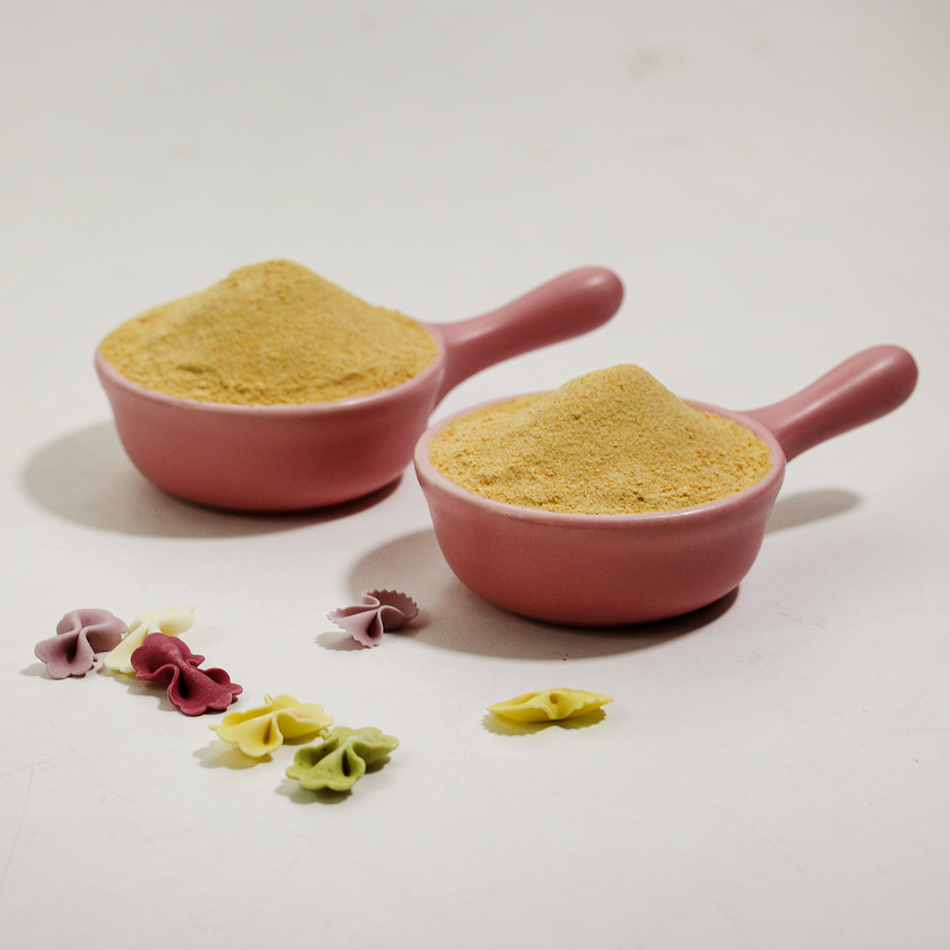Guava Cultivation Technology and Pest Control
First, nursery stock cultivation (a) grafting nursery 1. Preparation of the seedbed Choose a slightly higher, well-drained place, with a brick or stone built 25-35 cm high, 100 cm wide, 2.5-3.0 meters long sand bed, A plastic seeding box with a size of 50 cm x 32.5 cm x 14.0 cm can also be used. Fill the box with 12 cm of fine sand. The sand filled in the seedbed is leveled and used for sowing. The sand bed has good permeability, and the shade shelter can reduce direct sunlight and make the temperature and humidity of the seedbed relatively constant, so as to provide suitable conditions for seed germination and seedling emergence. In the same sowing period, the average seedling emergence rate of soil beds was only 17.6%, and the average seedling emergence rate of sand beds was 60.7%. The average seedling emergence rate of sand beds was 86.7%. Therefore, the production of sand beds shade nursery. 2. Seed treatment will be fully cooked and softened guava fruit mash, put in the water panning, remove the flesh, wash the seeds, dry place in shade and dry skin moisture, so as not to stick hands when sowing is better. At the same time, care should be taken not to expose the seeds to sunlight so as not to affect the seed germination rate. Seeds are generally preferred for fresh seeds. The shell of guava seed is hard and not easy to absorb water, so the soaking and germination time before sowing is longer. If germination is used for sowing, it can only be removed when the seed embryo is exposed. This neat germination and high germination rate. Before sowing, 5000-1000 mg of 1 kg of gibberellic acid is soaked in seeds for # hours, which has a good effect on shortening germination time, increasing germination rate and accelerating the growth of seedlings. 3. Seeding Wash and dry the seed evenly into the seed box or a flat seedbed made of stones and bricks. Seedling nursery seed 500-600 seeds per square meter, seed box nursery seedlings per box 200-250, when the seed is broadcasted, the bamboo sand is used to cover the seeds, the cover surface of the seed is generally 0.3-0.5 cm thick . After sowing seedlings, an arbours shelter shall be erected, and the distance shall be 100 cm from the surface of the seedbed. If the sowing box is used for sowing, the seeding box shall be arranged neatly, and an arbours shall be erected above. At the same time need to often water, seedlings humidity maintained at 75% -80%, too dry and wet have an impact on the germination of the seed, spray with a sprayer or spray bottle best. Seedlings can be sprouted 2-3 weeks after sowing. 4. Seedling management After seedling emergence, the humidity of the seedbed should be maintained at about 70%. Excessive humidity can easily cause stem rot and root rot, resulting in a large number of dead seedlings. If rainy weather occurs after the emergence of the above-mentioned diseases, they should be prevented and treated in time. Bordeaux mixture (sprayed with 3 parts of lime and 1 part of copper sulfate) can be used to effectively prevent the spread of disease and achieve control. In addition, in order to make the seedlings robust, light human urine or 0.2% nitrogen fertilizer solution may be applied once a month. 5. Transplanting Seedlings When the seedlings are unearthed for 3 months, the seedlings are 5 cm high, and when there are 3-4 pairs of leaves, they can be transplanted in nutrient bags. Nutrition bag specifications are generally 10 cm 15 cm or more, nutrient soil can be used an organic fertilizer (using pig cow dung or earth miscellaneous fertilizer) and a mixture of clay, until mixed before bagging. The plastic bags filled with nutritious soil are then arranged neatly on the previously flattened ground, and are generally lined up in a bed that is 1 meter wide and 3 meters long. Then the guava seedlings were transplanted into the bags. Since the seedlings were small, no matter whether the seedlings or the transplanted seedlings had to be fine, they would be planted along with them. The best transplanting time is 4-6 pm every day. After planting, it is necessary to pay attention to setting the root water. Dripping once in 3-4 days, then you can see the situation in the future. China Agricultural Network Editor
Dehydrated ginger powder is the powder that is ground with ginger, which is called ginger powder. It is a seasoning for both medicine and food. Its main material, ginger, is the fresh rhizome of the perennial perennial herb Ginger. The rhizome is fleshy, thick and flat. Ginger powder is pungent in taste, slightly warm in nature, and returns to the lung, spleen, and stomach meridians, and has the functions of increasing appetite, antiemetic, promoting blood circulation, dispelling cold, and detoxifying.

Dehydrated Ginger Powder,100% Natural Turmeric Powder,Instant Ginger Extract Powder,Natural Instant Ginger Powder
Laian Xinshuyu Food Co., Ltd , https://www.xinshuyufood.com